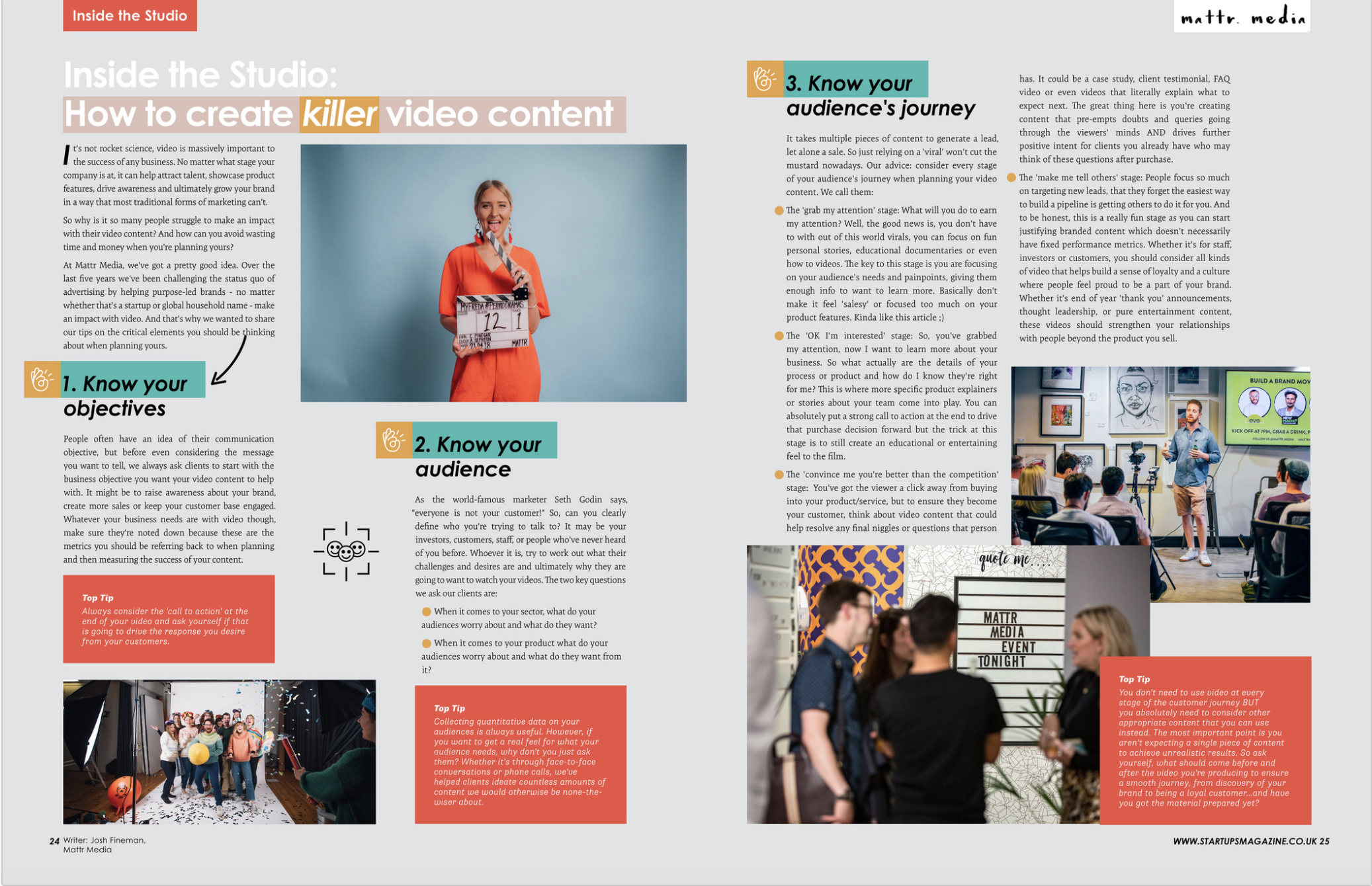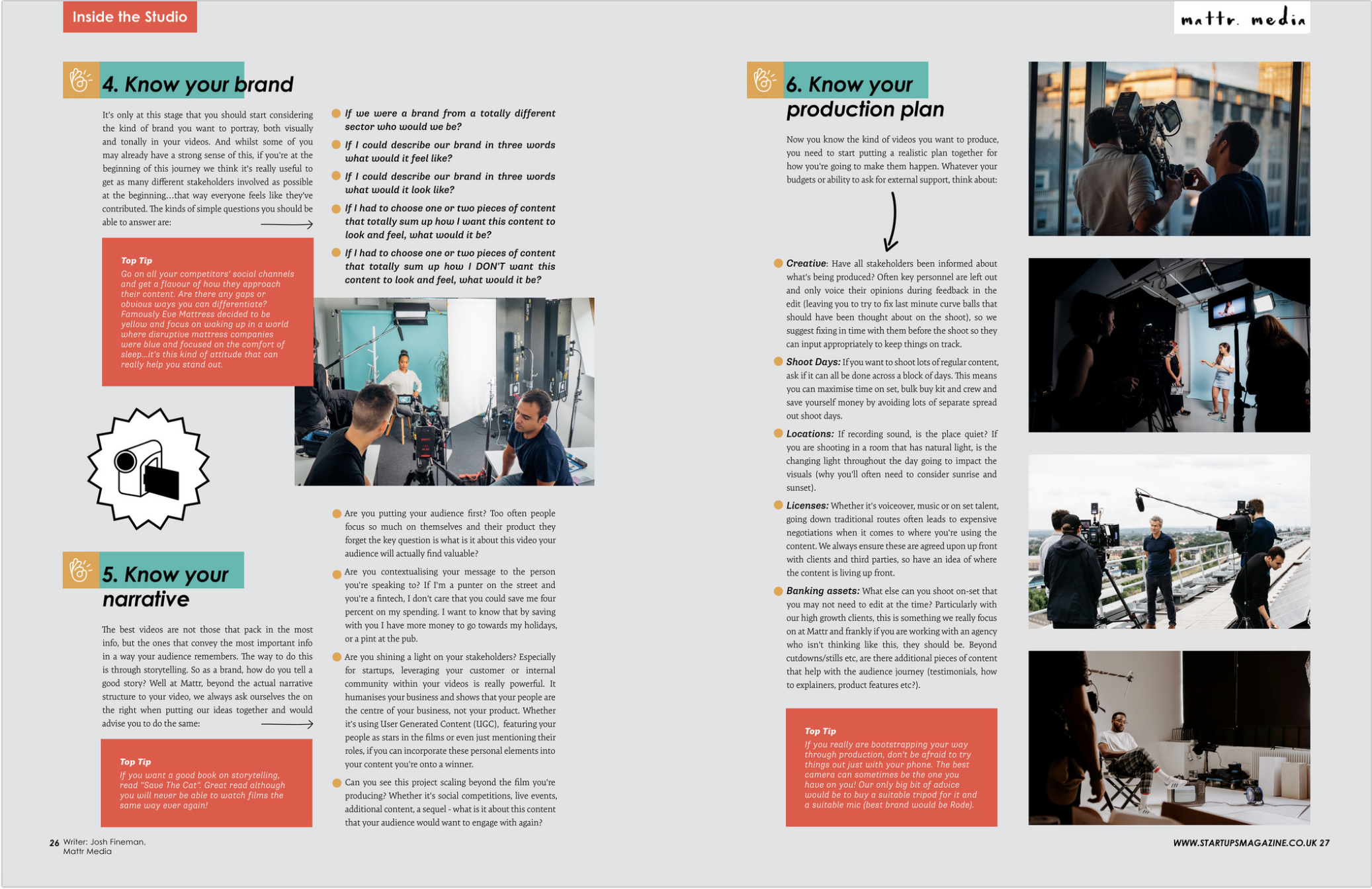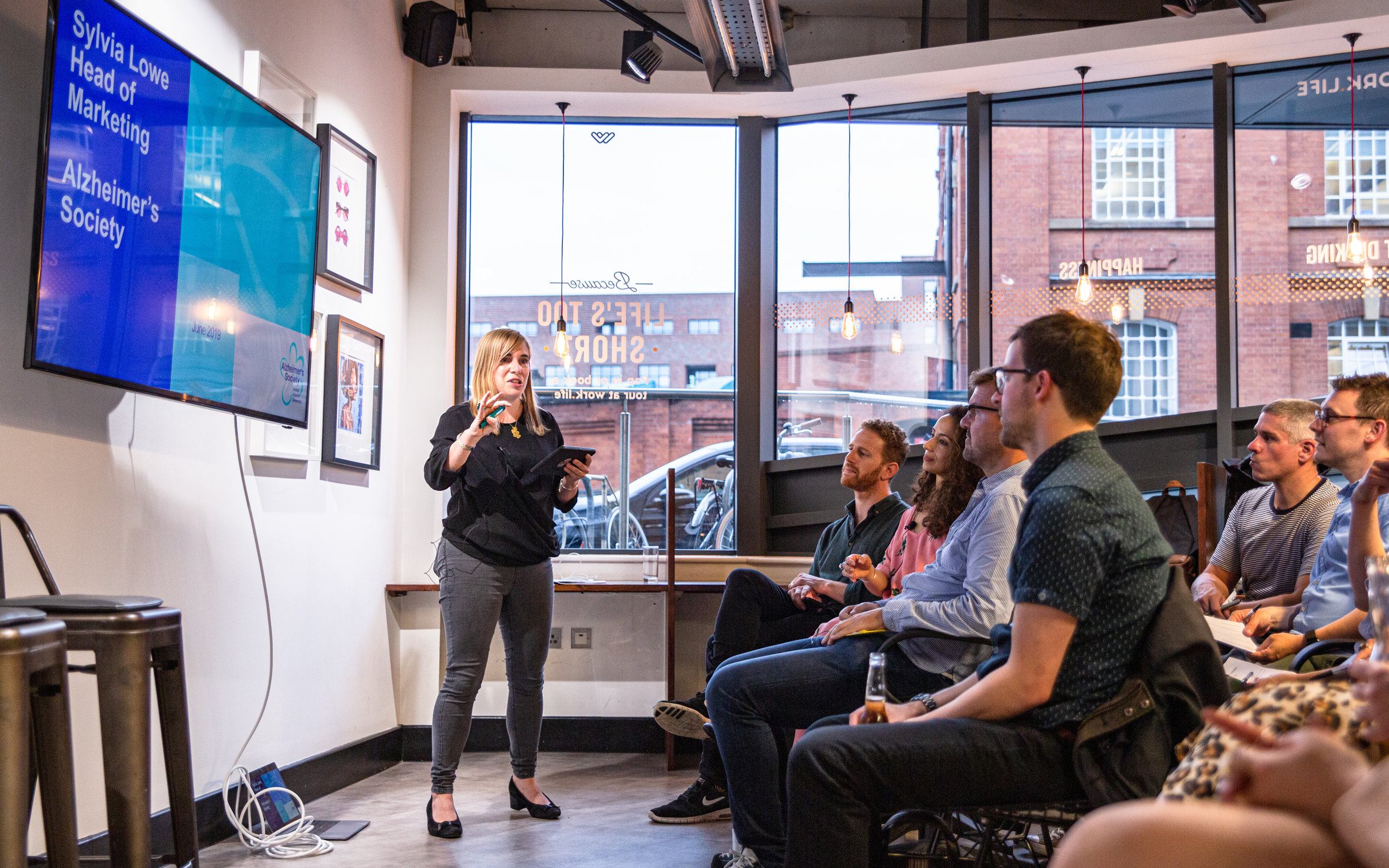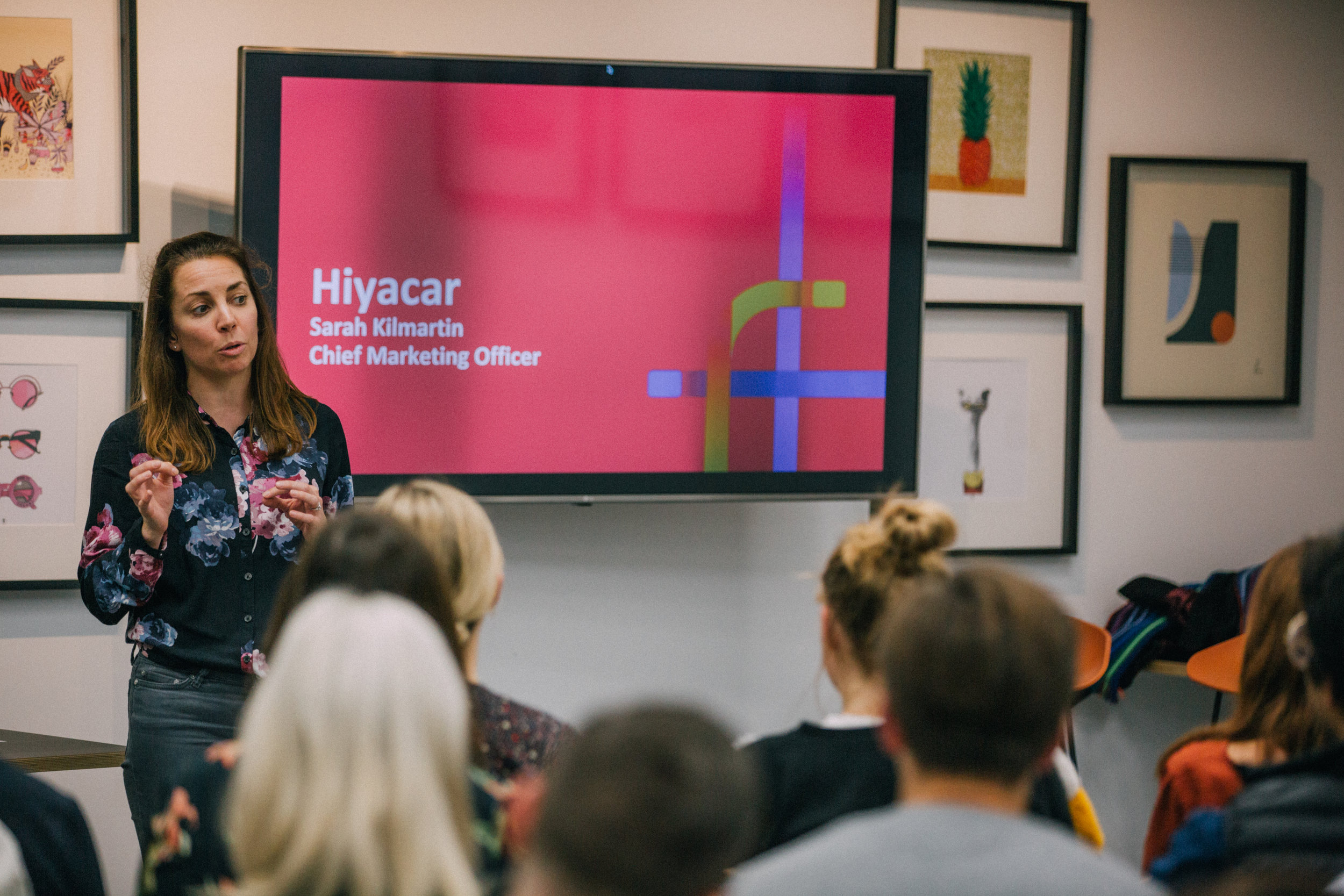Launched in the 1970’s, Ecover was considered a seriously rebellious company in the cleaning sector. Fast forward 4 decades, the modern consumer is now looking for a shift in narrative - from one that looked within (Ecover is for the world of cleaning) to one that looked out (Ecover can help clean the world).
Their mission became clear: to lead a clean world revolution. This mission would guide them through everything, from who they work with, to how they present their products. Thanks to this communication strategy, the company saw not just a brand uplift but their sales and market share boomed too.
There were many things to take away from Sara’s talk, but her enthusiasm for embracing the ‘inner rebel’ in people and making them feel part of a movement rather than just selling a product was something we particularly loved.
Takeaway: Get comfortable being uncomfotable
To summarise… never settle
An extremely important pattern throughout all of our speakers’ talks was the importance of not fearing failure, and instead dedicating time to look at what can be improved.
Sara highlighted in her presentation that “progress and not perfection” is what to strive for when looking at how to build a true movement. At LoveCrafts, Nigel spoke about not fighting the feedback, instead, learn from it. And Sylvia explained how a brand has the power to disrupt the status quo of an entire sector, you don’t always have to settle.
It isn’t easy to build a movement. But if you put the audience first, think about your impact beyond your product and communicate yourself in a way that feels truly valuable, you’re on the right path.






































